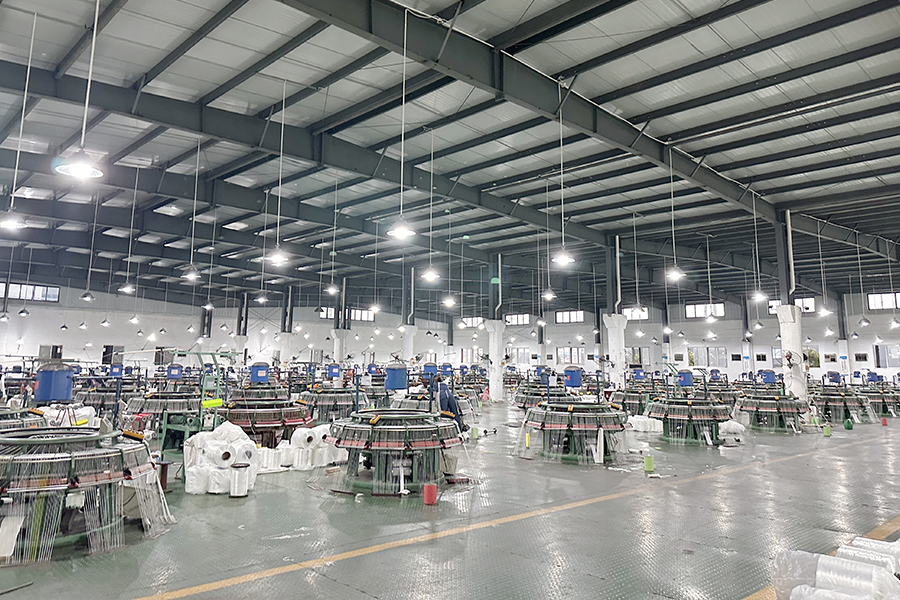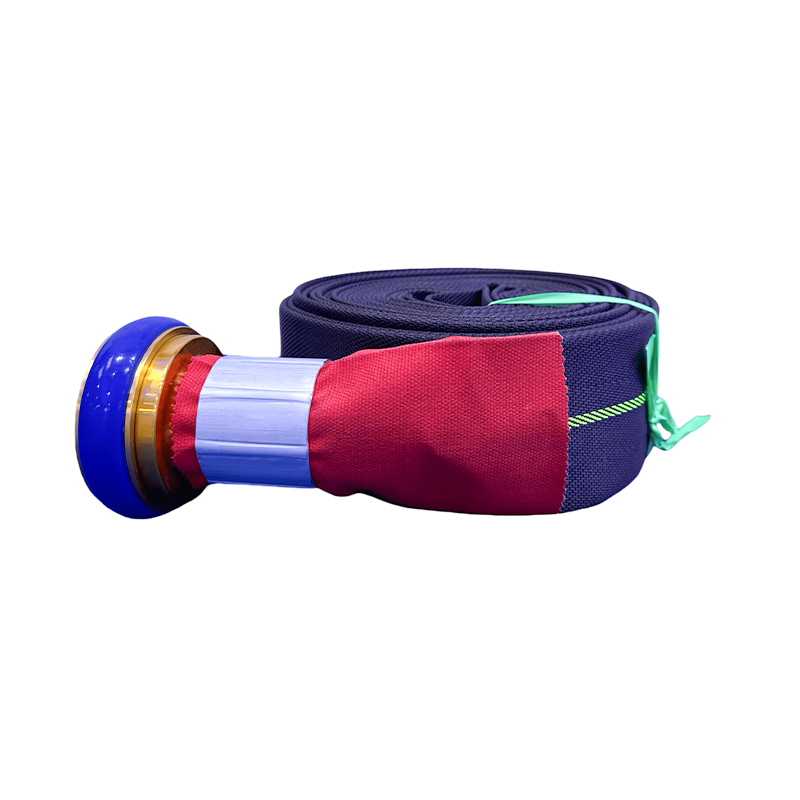- 1 What is the Special Mining Outer Dewatering Hose?
- 2 How to Make the Right Choice: Selection Guide
- 3 Maintenance Tips for Your Mining Outer Dewatering Hose
- 4 Real‑World Applications in the Mining Industry
- 5 Comparison: Rubber vs PVC‑Lined Outer Dewatering Hoses
- 6 Choosing the Right Supplier and OEM/ODM Services
- 7 Summary & Key Takeaways
- 8 FAQ
In heavy‑duty mining and construction operations, the selection, use and maintenance of a robust dewatering hose are critical. This article delves into the "Special Mining Outer Dewatering Hose", guiding you through everything from selection criteria to real‑world applications, maintenance tips, material comparisons, and supplier considerations. Whether you're operating in an open‑pit mine, underground site or tailings handling facility, this guide will help you make informed decisions that improve equipment uptime and safety.
4" Water Hose Special Mining Outer Dewatering Outer Hose With Storz Coupling
What is the Special Mining Outer Dewatering Hose?
Definition and key features
- The term refers to a hose specifically engineered for dewatering in mining environments — with an abrasion‑resistant outer cover, internal lining (rubber, PVC or PU), and appropriate reinforcement to handle sludge, solids and high flow rates.
- Designed for harsh conditions: heavy abrasion, fluctuating pressures, exposure to tailings, slurries and mining fluids.
- Key features include strong outer cover, high tensile reinforcement, flexible construction and compatibility with mining pumping systems.
Why choose this type of hose in mining dewatering operations?
- Mining dewatering generates abrasive slurries and high flow velocities; a standard hose may fail prematurely.
- The special design of a mining outer dewatering hose extends service life, reduces downtime and lowers total cost of ownership.
- Tailored solutions (custom lengths, fittings, OEM/ODM options) give you flexibility for specific site conditions.
How to Make the Right Choice: Selection Guide
Key parameters to evaluate (pressure rating, lining, abrasion resistance)
- Operating pressure vs maximum rated pressure of the hose.
- Lining material (rubber, PVC, PU) — each offers different abrasion, chemical and temperature performance.
- Outer cover abrasion class — important for mining environments where hoses rest on rough surfaces or are dragged.
- Reinforcement layer design (textile, steel wire) depending on whether the hose is suction, discharge or pump‑to‑hose section.
- Compatibility with fittings, suction heads, and pumping configurations on site.
Comparison table: typical hose materials and suitability
td>Less abrasive, lower cost dewatering
| Material | Typical Suitability | Advantages | Limitations |
| Rubber lining | High‑abrasion mining slurries | Excellent abrasion resistance, good flexibility | Heavier weight, may cost more |
| PVC lining | Lighter weight, cost‑effective | Lower abrasion resistance, less temperature tolerance | |
| PU (Polyurethane) lining | Very aggressive slurries, long life required | Best abrasion resistance of the three | Higher upfront cost, may require specialist fittings |
Maintenance Tips for Your Mining Outer Dewatering Hose
Routine inspection checklist
- Check outer cover for abrasion, cuts or gouges.
- Inspect hoses in operation for unusual vibration or movement.
- Verify fittings and couplings are secure and sealed.
- Monitor flow and pressure changes — a drop may indicate internal wear.
- Keep records of hose hours, environment and maintenance interventions.
Common wear issues and how to address them
- Issue: Outer cover abrasion – fix by using protective sleeves or re‑routing hose.
- Issue: Internal lining wear – detect by increased flow turbulence or visible lining damage; replace hose or reline if possible.
- Issue: Coupling failure – ensure correct assembly torque and periodic inspection.
- Issue: Pump‑end vacuum collapse – ensure suction hose length and diameter are correct and avoid air leaks.
Real‑World Applications in the Mining Industry
Case examples: open‑pit, underground, tailings dewatering
- Open‑pit mine dewatering: large volume discharge of pit water and slurries using flexible outer dewatering hoses laid across benches.
- Underground mine sump pumping: high head, medium flow; hoses routed through decline requiring abrasion resistance.
- Tailings and slurry transport: continuous operation with abrasive solids demands special mining outer dewatering hose with long service life.
Benefits realized: durability, downtime reduction
- Reduced hose replacement frequency thanks to proper design and material choice.
- Lower maintenance labour and cost because of fewer failures.
- Improved uptime and productivity — critical in mining operations with tight schedules.
Comparison: Rubber vs PVC‑Lined Outer Dewatering Hoses
Material performance contrast
When comparing rubber‑lined vs PVC‑lined models of a special mining outer dewatering hose, the trade‑offs become clear: rubber offers superior abrasion resistance but higher weight and cost; PVC is lighter and more economical but less robust in severe abrasion or temperature extremes.
Table: rubber vs PVC lined – which when?
| Feature | Rubber‑lined hose | PVC‑lined hose |
| Abrasion resistance | High | Moderate |
| Weight | Heavier | Lighter |
| Cost | Higher upfront | Lower upfront |
| Temperature & chemical tolerance | Broader range | More limited |
| Best for | Highly abrasive mining slurries, long runs | Low to moderate abrasion, shorter runs |
Choosing the Right Supplier and OEM/ODM Services
What to look for in a supplier (quality system, testing, custom specs)
- Ask for certifications and quality control documentation (e.g., pressure testing, abrasion testing).
- Verify the supplier offers custom lengths, fittings and various lining materials to meet your site‑specific demands.
- Ensure after‑sales support is available — spare parts, technical advice, replacement schedules.
- Consider the logistics: shipping, local stock, emergency supply in remote mining locations.
Our company profile: OEM/ODM capabilities and trust‑building
Taizhou Jun'an Fire Technology Co., Ltd. is located adjacent to the world's largest trading port — Shanghai. It is an enterprise specializing in the production of fire hoses, fire equipment, and emergency rescue equipment. The company has modern and advanced production equipment and professional management personnel, and has gathered a group of senior technical and professional designers in this field to design and manufacture rubber/PVC/PU lined fire hoses; Agricultural hoses and other fire‑fighting equipment fully absorb the advantages of similar products both domestically and internationally.
In addition, we can also provide OEM and ODM services. With reasonable prices and high‑quality products, we have won the trust and support of customers and established long‑term business relationships with them. The company is dedicated to providing first‑class equipment and high‑quality after‑sales service to domestic and foreign customers. If you are interested in our products, please contact us or visit our company directly. We look forward to working with you.
Summary & Key Takeaways
- The Special Mining Outer Dewatering Hose is purpose‑built for mining dewatering tasks and demands careful selection, proper maintenance and the right supplier support.
- Use the selection guide to align hose parameters with your operational conditions — pressure, abrasion, material type all matter.
- Routine maintenance significantly extends service life and reduces operational risk in critical mining applications.
- Material choice (rubber vs PVC lining) has strong impact on performance and cost; select based on site severity and budget.
- Choosing a supplier that offers OEM/ODM flexibility and solid after‑sales is a strategic move — your downtime and cost savings hinge on reliability.

FAQ
- Q1: What is the typical service life of a special mining outer dewatering hose in a mining site? A1: Service life depends on abrasion, pressure, environment and maintenance. With correct material choice and proper care it can last substantially longer than a general‑purpose hose.
- Q2: Can I use a standard industrial pump hose for mine dewatering instead of a special mining outer dewatering hose? A2: Technically yes, but a standard hose will likely suffer much faster wear and higher failure risk — leading to more downtime and higher costs in the long run.
- Q3: How often should I inspect the hose for wear and damage? A3: Ideally before each dewatering cycle, and especially after heavy use. Keep inspection logs and look for early signs of abrasion or coupling damage.
- Q4: Is there a rule‑of‑thumb when deciding between rubber‑lined vs PVC‑lined for dewatering hoses? A4: Yes — if abrasion and solids content are high and you need longer life, choose rubber lining. If the environment is moderate and cost is a key concern, PVC may suffice.
- Q5: What should I ask a supplier when considering OEM/ODM services for these hoses? A5: Ask about custom material options (rubber/PVC/PU), pressure ratings, testing certificates, turnaround time, spare parts availability and after‑sales support.


 en
en
 عربى
عربى









